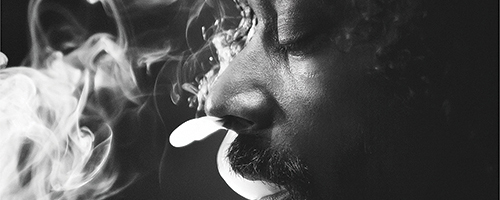Who’s to decide?
There are few who would disagree that the events of Sept. 11, 2001, changed the face of the U.S., and anyone with eyes can agree on the effect it had on New York and lower Manhattan. But that’s where it stops. The root causes of the attacks, the political fallout because of it and the means of resolution, these issues are in constant debate, fueling agendas from both sides of the political spectrum, often at the expense of the real victims of the attacks, New Yorkers.
Never has this been more apparent than during the recent battles over the proposed World Trade Center memorial site and the embattled Freedom Center.
Tom Bernstein, the co-founder and chairman of the International Freedom Center, resigned Wednesday from the board of the World Trade Center Memorial Foundation. Bernstein was the initial founder of the Freedom Center, a museum dedicated not only to the events of Sept. 11, but to the idea of freedom and how U.S. policies uphold, and occasionally don’t uphold these ideals. It proposed to be a living center providing insight and education opportunities, becoming an active part of the community affected by the attacks.
On Sept. 28, New York Gov. George Pataki gave the center its walking papers. His decision, which was the culmination of months of debate and ultimatums, was preceded by the departure of the New York Drawing Center, and board members including former president of the Museum of Modern Art, Agnes Gund, journalist Barbara Walters and financier Henry R. Kravis.
The eviction by Pataki was fueled by bi-partisan political forces, including Democratic Sen. Hillary Clinton but was mainly brought about by the work of Debra Burlingame, head of the group, Take Back the Memorial, and sister to Charles F. "Chic" Burlingame, the pilot whose plane was crashed into the Pentagon on Sept. 11. In her editorial, “The Great Ground Zero Heist” published in the Wall Street Journal last June, Burlingame lambastes the proposed Freedom Center for the inclusion of the prisoner treatment at Abu Ghraib in its exploration of the events of Sept. 11. Also included on Burlingame’s list is the proposed inclusion of other U.S. points of shame: public lynching, Jim Crow laws, the Trail of Tears. In the article she states, “Rather than a respectful tribute to our individual and collective loss, [the visiting public] will get a slanted history lesson, a didactic lecture on the meaning of liberty in a post-9/11 world.”
Burlingame led a siege against the Freedom Center and the Drawing Center, which would’ve been housed in the same building as the Freedom Center. Burlingame’s purpose was to ensure an “absolute guarantee” that the center would do nothing to “denigrate America.” The withdrawal of the Freedom Center and Drawing Center reveals an inadequacy for all parties to agree on the same terms.
The political agendas involved in the World Trade Center memorial debacle are varied enough to fill every page of this paper with facts, connections and schema, but their ultimate result is the same, more loss for the people of New York.
Debra Burlingame doesn’t live in New York, and her brother didn’t die there. Her agenda is based on emotion and the righteous rage of loss. She is not considering the life of New Yorkers, but the loss of life surrounding her. Pataki and Clinton are both looking at 2008 presidential bids, their conservative rhetoric are pre-campaign insurances that they can ride the neo-conservative wave to the White House. Again, there is no consideration for the people of New York or the cultural future of Manhattan. What Pataki, Clinton and Burlingame are responsible for through their shortsighted opportunism is cultural death in Lower Manhattan.
The International Freedom Center could have been a crossroads of cultural growth and an opportunity to explore the many aspects of what it means to be from the U.S. post-Sept. 11. It was intended to celebrate life and freedom in the face of adversity. Instead it will serve as a constant reminder of death, a mausoleum in the heart of the city.
And while the attacks of Sept. 11 are fresh in our minds how long until the ramifications of the Bush Whitehouse overshadow them? How long until the memorial to the dead of Sept. 11 becomes another public work: dated, stagnant in focus, and maintained to a level of mediocrity? It’s a shame the people of New York were not given a voice in the debate, and it’s a shame that once again they will suffer because of the events of that awful Tuesday.





